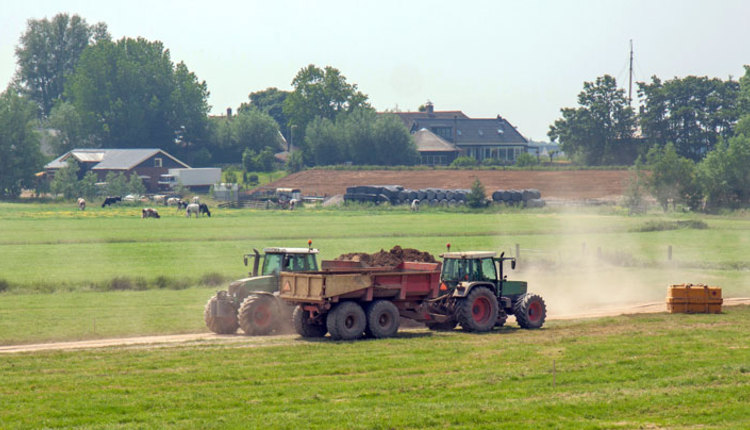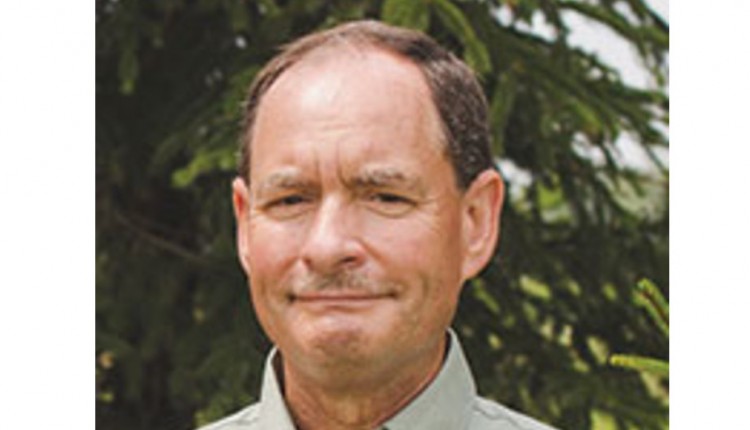The author is the president of Menke Consulting LLC, an agronomic and environmental consulting firm in Greenville, Ohio.

About a decade ago, I assisted a significant client in siting and permitting a fully integrated egg laying farm from scratch. One aspect of site selection included a large isolation radius from other poultry. Biosecurity is always a top priority, but highly pathogenic avian influenza knows no boundaries, and infection was detected in late August 2022.
The state veterinarian confirmed the disease as it spread rapidly through all 15 buildings on this farm. USDA APHIS soon took control for containment and eradication. Their rapid response and expertise were impressive during this critical time.
Jumped into action
Every bird was euthanized and removed from the barns. Eggs were disposed of and manure could not leave the premises. Any movement in and out of the farm was under tight biosecurity measures. Transporting 4 million dead hens (weighing 7,000 tons) to a landfill was ruled out because of disease transmission risk during transport. What could be done?
Burial isn’t an option. The high nitrogen content of decomposing carcasses could impact groundwater with nitrate. USDA mandated composting, which can be an effective method of mortality processing. The recipe they specified for compost windrows was one part carbon (ground wood) that formed an 18-inch thick base 17 feet wide, one part carcasses layered on top of this base, four parts manure on top of this, and then an 8-inch cap of wood. The windrow height totaled 8 feet.
Over 100,000 cubic yards of wood was sourced to assemble these piles. A cornfield owned by the farm was harvested for early silage and a neighboring field was rented for the compost operation. In all, 87 compost rows were formed. The total of 38,000 lineal feet was equivalent to 7.2 miles.
The protocol was to turn the piles for two weeks while checking temperatures to ensure proper composting. The piles had to achieve 131°F for at least three consecutive days. USDA brought in subject matter experts to turn and monitor the piles. Water was added as needed to keep the optimum moisture for composting.
Then the piles had to sit undisturbed for another two weeks. After this time, the virus was destroyed. Now what?
An application hurdle
Once we had USDA “clearance” to move the material, it came under EPA regulations to meet Class II compost specifications. After that, it could be land applied under the farm’s state permit conditions.
We sampled each windrow for salmonella, fecal coliform, 503 metals, and other compost parameters. Raw manure can be spread on the same farm ground for the same farmers with just an N-P-K test, but once it’s “compost,” we have different criteria. It’s a government thing.
All samples eventually passed, and a mammoth land application effort began. Then an unexpected obstacle emerged: Word on the street was the product was worthless because of the wood. I needed to provide farmers — who desperately depend on manure from the farm to mitigate high fertilizer prices — with data to put that rumor to bed.
It was intuitive that the compost should be very similar to manure analysis, since it was over 80% manure (including nutrient-rich birds). Breaking into the piles, there was no evidence of carcasses. I compared historical manure samples with compost samples and confirmed that the compost had at least 90% the nutrient value of manure. The compost was discounted and all sold accordingly. Turning liabilities into assets has been a focal point of my career.
Barns were disinfected and tested absent of the virus in November. Hens have begun laying eggs again since early December. We pray to never repeat this situation, but the reality is that it could happen all over tomorrow.
This article appeared in the February 2023 issue of Journal of Nutrient Management on page 26. Not a subscriber? Click to get the print magazine.










